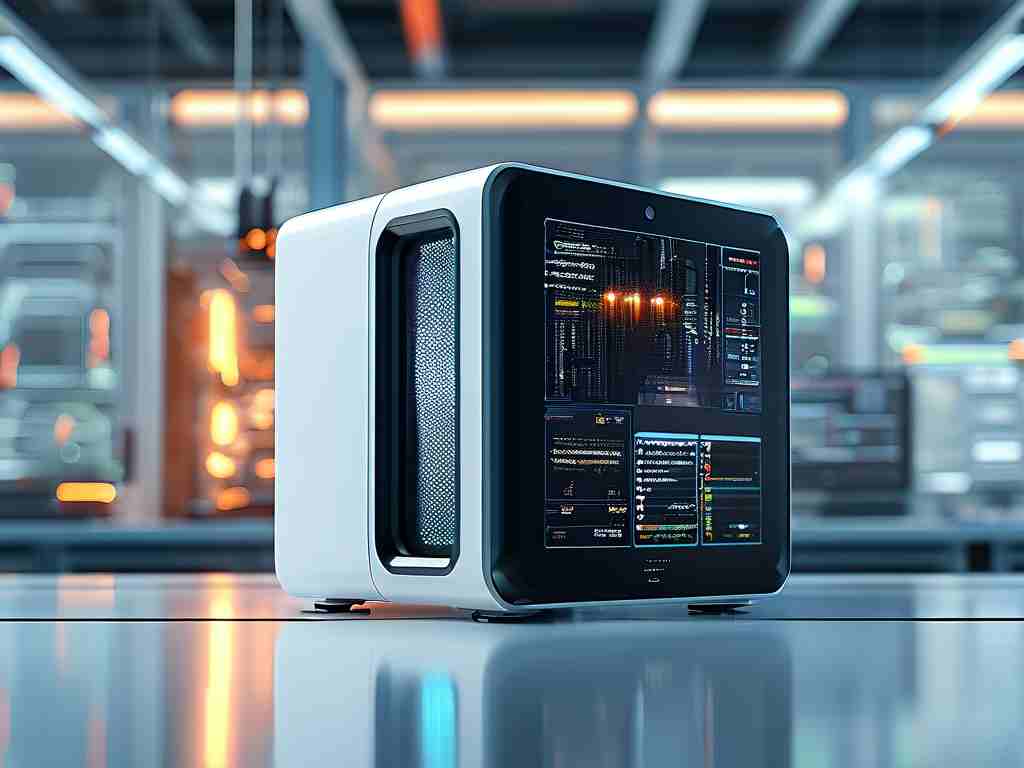Embedded systems development is a specialized field that combines hardware and software engineering, demanding a deep understanding of low-level programming, real-time operating systems, and hardware interactions. For developers aiming to master this domain, selecting the right educational resources is critical. Below, we explore a curated list of books that bridge theoretical knowledge and practical implementation, tailored for both beginners and seasoned professionals.

Foundational Theory and Practical Insights
"Making Embedded Systems" by Elecia White stands out as a primer for newcomers. Unlike generic programming guides, this book dives into the unique challenges of resource-constrained environments. White’s approachable writing style demystifies concepts like memory management and interrupt handling. For instance, her explanation of finite state machines (FSMs) includes concise C code snippets that illustrate how to model system behaviors efficiently:
typedef enum { IDLE, PROCESSING, ERROR } State;
State currentState = IDLE;
void updateState(Event event) {
switch(currentState) {
case IDLE:
if (event == DATA_RECEIVED) currentState = PROCESSING;
break;
// Additional transitions
}
}
This hands-on methodology helps readers grasp how theoretical concepts translate to real-world firmware.
For those exploring real-time operating systems (RTOS), "Real-Time Embedded Systems" by Xiaocong Fan provides a rigorous yet accessible foundation. Fan balances theory with industry practices, covering scheduling algorithms and kernel design. A standout chapter discusses priority inversion scenarios—a common pitfall in RTOS—and demonstrates solutions using mutex priority inheritance, complete with pseudocode examples.
Advanced Optimization and Hardware Integration
Seasoned developers often seek resources to optimize performance. "Embedded Systems Architecture" by Tammy Noergaard tackles this by dissecting hardware-software co-design. Noergaard’s analysis of bus contention issues in multi-core systems is particularly valuable. She explains how improper arbitration logic can bottleneck data flow, supported by timing diagrams and assembly-level optimizations for ARM Cortex-M processors.
Another gem is "Programming Embedded Systems in C and Assembly" by Michael Barr and Anthony Massa. This book’s unique value lies in its comparative approach. By contrasting C and assembly implementations of the same task—such as configuring a UART interface—readers learn when to prioritize readability (C) versus cycle-critical precision (assembly). The authors’ commentary on compiler optimizations for interrupt service routines (ISRs) is a masterclass in balancing abstraction and control.
Cutting-Edge Trends and Case Studies
To stay ahead in evolving domains like IoT, "Embedded System Design with ARM Cortex-M Microcontrollers" by Cem Ünsalan offers timely insights. Ünsalan integrates sensor fusion techniques for edge AI applications, showcasing how Kalman filters can minimize power consumption in battery-operated devices. The book’s case study on a smart agriculture node—integrating soil moisture sensors with LoRaWAN—provides a blueprint for scalable deployments.
Meanwhile, "Test-Driven Development for Embedded C" by James Grenning revolutionizes traditional workflows. Grenning argues that unit testing isn’t just for high-level applications, presenting frameworks like CppUTest adapted for bare-metal environments. His walkthrough of testing a PID controller algorithm emphasizes fault injection strategies to validate system resilience under edge cases.
Why These Books Matter
The embedded landscape thrives on precision and efficiency. A misplaced pointer or misconfigured timer can cascade into catastrophic failures. These books collectively address this reality by emphasizing defensive coding practices, hardware-aware debugging, and performance profiling. For example, Barr’s emphasis on using static analyzers like PC-lint catches resource leaks early, while Grenning’s test frameworks prevent regression errors during iterative development.
Moreover, the selected authors avoid ivory-tower academia. White’s anecdotes about debugging race conditions using logic analyzers, or Ünsalan’s cost-benefit analysis of RTOS versus super-loop architectures, ground concepts in industrial pragmatism. Readers gain not just knowledge, but a problem-solving mindset attuned to embedded constraints.
In , building expertise in embedded systems requires resources that blend depth with applicability. The books highlighted here form a knowledge ecosystem—from foundational principles to advanced optimization strategies—equipping developers to tackle everything from automotive control units to wearable medical devices. As the industry marches toward increasingly interconnected and intelligent systems, these texts serve as both compass and toolkit for innovators shaping the embedded future.









